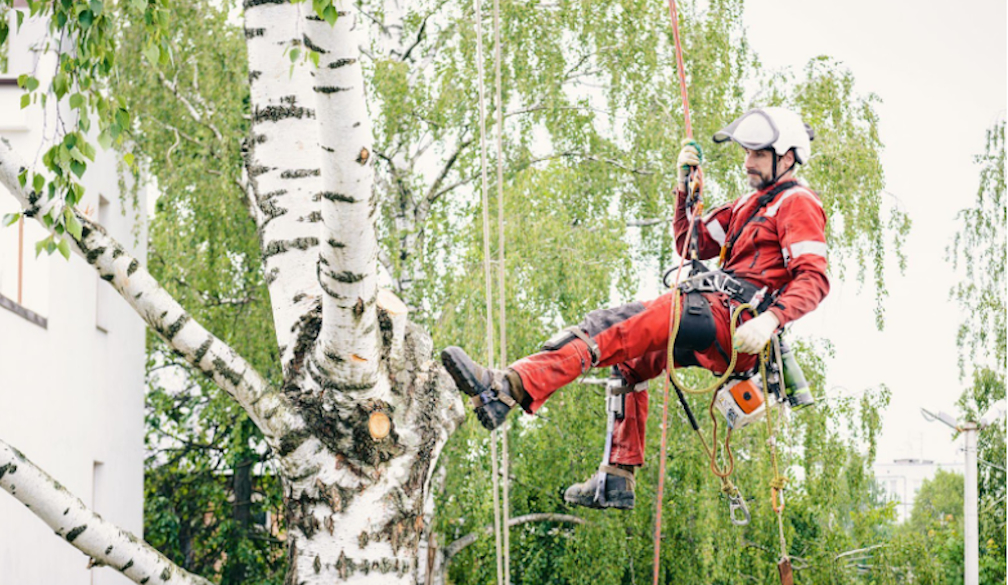Top Safe Tree Removal Techniques to Consider

Across our urban landscapes and rural expanses, trees bring a host of environmental and aesthetic benefits. Despite their obvious value, there are times when tree removal is necessary, either due to disease, structural threats or aesthetic preferences. In such scenarios, tree removal requires a meticulous understanding of safety protocols to maintain the wellbeing of people, property and the surrounding environment. This article intends to delve into safe tree removal techniques, providing comprehensive insights that will come handy for homeowners, commercial property owners and everyone in between.
Understanding the Basics of Tree Removal
Before a tree is removed, it's crucial to understand a set of basic principles to ensure the process is completed efficiently and safely. A tree's size, overall health, location, and its proximity to existing structures, power lines, or other obstacles all play significant roles in dictating the removal process.
To begin with, the health and size of a tree can influence the removal approach employed. Dying trees can pose unexpected challenges due to weakened structures whereas large trees generally demand more careful preparation and detailed execution than smaller ones.
A tree's location and surroundings also significantly impact the way it will be extracted. Trees situated close to utility lines or buildings require a more tailored approach than those in open spaces.
Safety remains paramount above all these elements. Tree removal can present various risks, from the destructive potential of a falling tree to injuries from faulty equipment. Therefore, the involvement of arboriculture professionals who have mastered the skills and possess the apt knowledge in safely managing trees cannot be underestimated.
When is Tree Removal Necessary?
Before we explore safe removal techniques, it's important to understand when tree removal becomes necessary. Trees may need to be removed for a variety of reasons, including:
Disease: A diseased tree can pose a threat to other healthy trees in the vicinity.
Structural threats: If a tree has significant damage to its trunk or root system, it could fall and damage property or injure people.
Aesthetic preferences: In some cases, a tree may simply be out of place in a landscape design.
If you are unsure whether a tree needs to be removed, it is always best to consult with a certified arborist.
Top Safe Tree Removal Techniques
There are several tree removal techniques, each providing unique safety features, and appropriate for different circumstances. Let's delve deeper into these techniques:
- Felling: It is the process of cutting down the tree at its base, allowing it to fall in one piece. However, precise judgment and careful execution are crucial to direct the fall accurately and prevent damage.
- Sectioning: An alternative to felling, this technique involves cutting a tree into sections, starting from the top and working down. This technique is ideal when space is limited or when the tree is close to structures or power lines.
- Utilisation of cherry pickers: In situations where the tree is significantly tall or poses an inherent risk due to its location or health condition, a cherry picker can provide a safe platform from which to work.
While these techniques can be executed independently in some cases, professional support is often necessary to ensure optimum safety and efficiency.
Necessary Safety Practices and Equipment in Tree Removal
Like any rope access services, safety lies at the cornerstone of tree removal. Both using the proper equipment and applying the correct practices can prevent accidents and any related damages or injuries. Critical safety gear include helmets, gloves, safety glasses, and sturdy footwear, while climbing ropes, harnesses and chainsaw safety clothing can also be vital.
Ensuring these safety gears are correctly used, routinely inspected, maintained, and replaced when needed, significantly reduce risks associated with tree removal. Likewise, adhering to safety practices such as setting a clear working zone, ensuring all persons and pets steer clear of the working area until the procedure is completed, and having an efficient communication system, is equally critical.
Importance of Professional Help in Tree Removal
Seeking professional help is often integral to safe and successful tree removal. Experts offer years of training and experience in managing a variety of scenarios, including managing trees in proximity to power lines, navigating through tight spaces, understanding the tree's health, and therefore determining safe removal techniques.
Choosing a reliable removal service often comes down to looking for relevant qualifications, adequate insurances, transparent costing, positive customer reviews, and assessing their overall level of professionalism.
Potential Risks and Dangers of Improper Tree Removal
Noting the inherent risks of tree removal stresses the importance of safety procedures and practices. Trees are heavy, unpredictable, and missteps in their removal can potentially lead to serious injuries, property damage, or even fatalities.
Moreover, the consequences of improper tree removal extend beyond immediate physical risks. It could potentially lead to expensive litigation if neighbouring properties are damaged or individuals injured. Cases revolving around such incidents are not uncommon and impart crucial lessons on the importance of safety and the adoption of the right techniques.
Conclusion
To summarise, understanding and implementing the top safe tree removal techniques, underpinning them with the necessary safety practices and equipment are critical components of any tree removal project. An emphasis on safety, the right methodologies and professional expertise where necessary, contribute to a safe and successful tree removal. Armed with this knowledge, it's hoped readers can better navigate through their tree removal responsibilities, prioritising safety, and ensuring a well-maintained environment.









